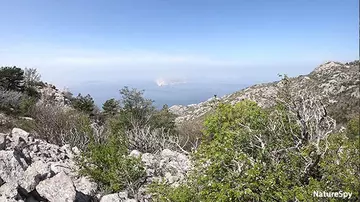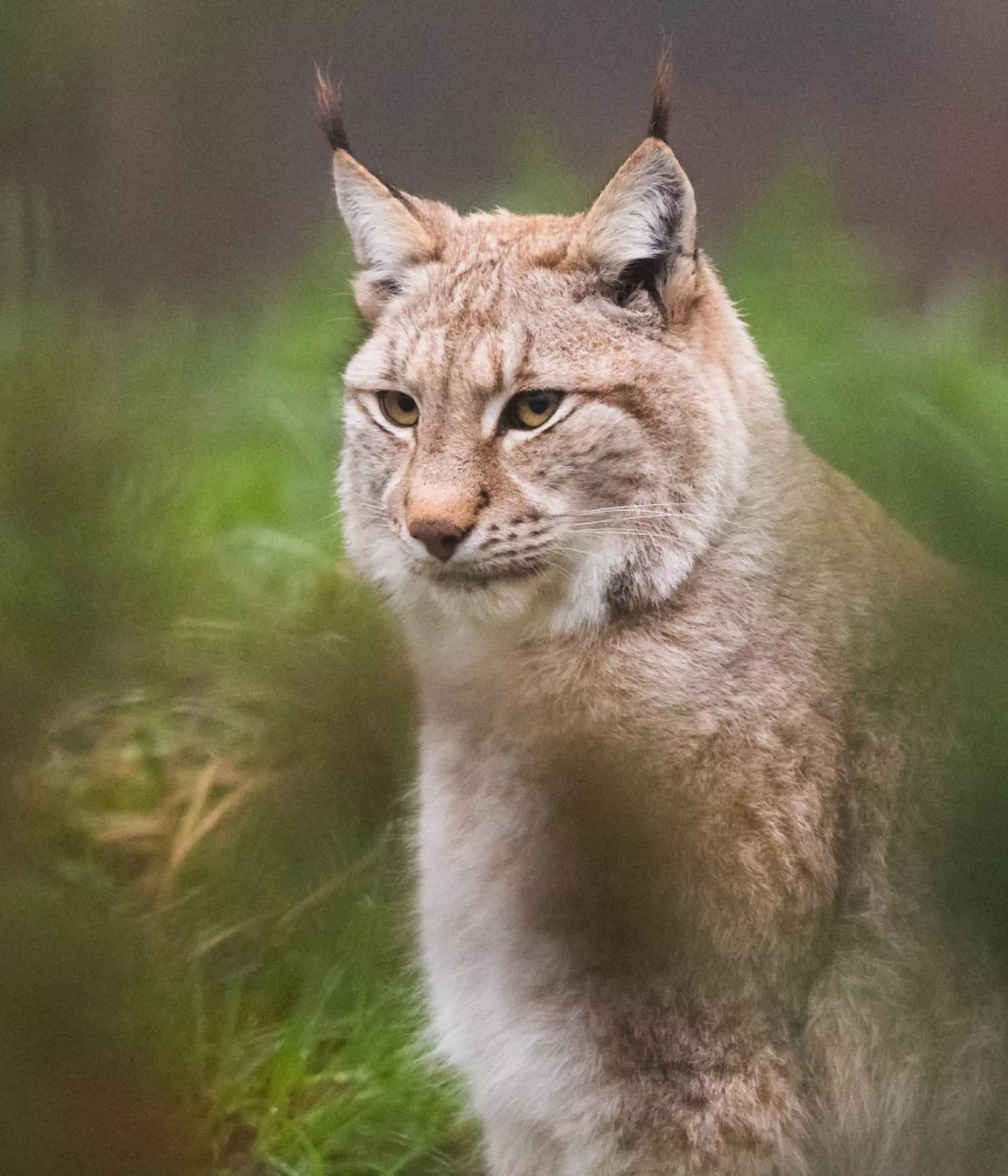
ZSL
Zoological Society of London
NatureSpy’s James McConnell shares the adventures of setting up the Instant Wild camera traps in Croatia…
‘We will wait here, while Mirko goes to find the place”.
Mirko doesn’t speak much English at all, so his colleague Ed lets us know what Mirko’s instruction is.
Ed and I stop and watch Mirko, a ranger for the park, disappear down the steep slope covered in mature pine to find a waterhole he remembers down here.
He hasn’t visited the spot for 9 months, and it’s taken us about 3 hours walking to get this far - there are no roads nearby.
Ed and I lay down our rucksacks, packed full of camera traps, and take in the view. Beyond is the Adriatic sea and numerous islands that dot the Croatian coastline. It’s an arresting view, even in April - when it can go from pretty hot to very cold quickly.

Usually there is a fierce freezing wind that tears down the mountain sides here, called the Bora, but we’re lucky today and it’s extremely still. When it blows, it is so strong that it can push the waves back the other way.
Just a half a mile earlier, Mirko almost stepped on a nose-horned viper along the trail, basking in the sun. This is one of the most venomous snakes in Europe, and it can kill quickly. Mirko dodges it and announces “poskok” - its Croatian name. It slithers under a rock. The result now is that Ed and I decide to stand and wait, rather than sit on one of the many rocks around us.
Eventually after about 15 minutes there is a distant call through the trees. We wait until we hear it again, just in case. What follows is a game of bi-lingual Marco Polo as we try and pinpoint Mirko’s location.
We finally find him and the waterhole. Water is a precious commodity in Northern Velebit National Park - not because it doesn’t rain, but because of the porous limestone rock. There are no streams or lakes here, as the water trickles through and erodes the rock. The Velebit mountain range has some of the biggest and deepest caves as a result, some of which are still unexplored.

This waterhole was put here decades ago, in concrete, by cattle and sheep herders that grazed their stock on the land before it was designated a national park and protected. Mirko is a direct relation of those herders, and grew up wandering the area as a child - hence his knowledge of this spot.
That means this waterhole is a magnet for wildlife in the hot summer months - which is why we are here. There is wet mud close to the waterhole, and Mirko points to the tracks; “Jelen” - red deer. Where there are red deer, the wolves will follow.
Ed pulls a camera trap with an aerial out of his rucksack and we set to work checking for signal and a suitable tree to strap it too. This camera trap will feed directly to ZSL’s Instant Wild platform, and send images within 20-60 seconds of them being taken ready for public identification - allowing NatureSpy and our partners to quickly get down to the business of analysing data.
Our main targets are wolves and lynx - two species under enormous pressures that are also extremely hard to monitor due to their elusiveness and the size of their ranges. NatureSpy, working in partnership with Bioterra in Croatia and the national park authority, have around 30-40 cameras at any one time in the park - constantly gathering data on whatever animal wanders past.

These cameras have already massively increased the understanding of species that call the park home.
For example, before we started the collaboration, it was just known that there were wolves, in likely a couple of packs.
Now, we’ve been able to tell that 3 main packs are using the park in different areas; as well as being able to tell the approximate pack sizes and health of the animals. We can do this as the cameras that transmit the photos tell us instantly what area of the park the wolves are in.
When combined with the non-wireless camera trap data, we can see where wolves are at exact times. We can then tell that if we’ve got a wolf on camera in the south of the park and then an hour later in the north of the park, it’s impossible for that pack to travel that distance in that amount of time, and we therefore know that its two separate packs and so on.
This data has then directly fed into the new 10 year management plan for wolves for the whole of Croatia - a critically important working strategy that has a big impact on the population, especially when you consider there are only around 50 packs in the whole country.
Ed fine tunes the position of the camera on the tree, while myself and the rangers pretend to be some bears going into the waterhole. A few seconds later our phones ping - an odd kind of selfie, but it shows that the camera is working and sending the photos through.
We pack up, and move on to the next location - another few hours walk in an amazing wilderness, dodging the poskoks.
Climate change and human activity have pushed our precious planet to its limit, causing the devastating loss of so many habitats and species. From lab to field, hands on and behind the scenes, we’re leading the future of conservation, shaping agendas and influencing change to support better life, health and living for people and wildlife.
